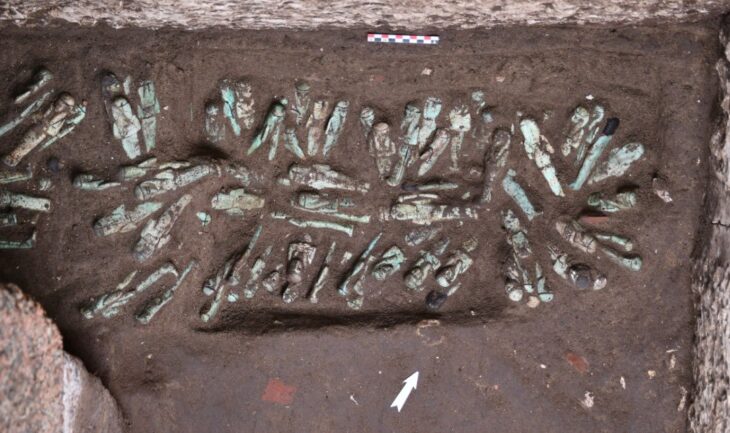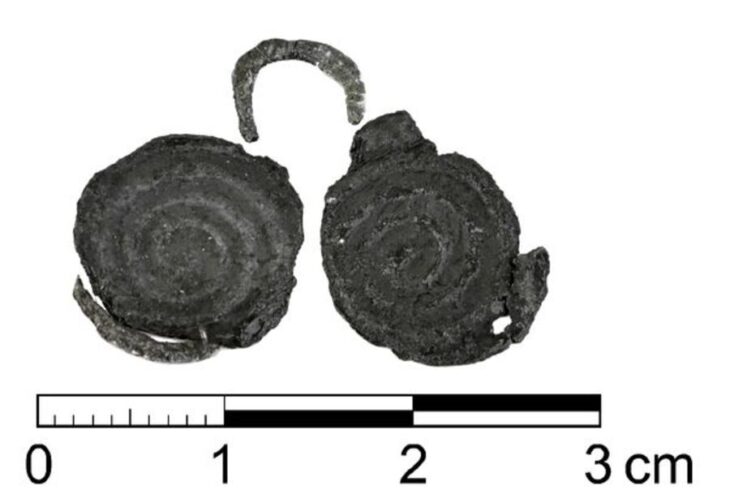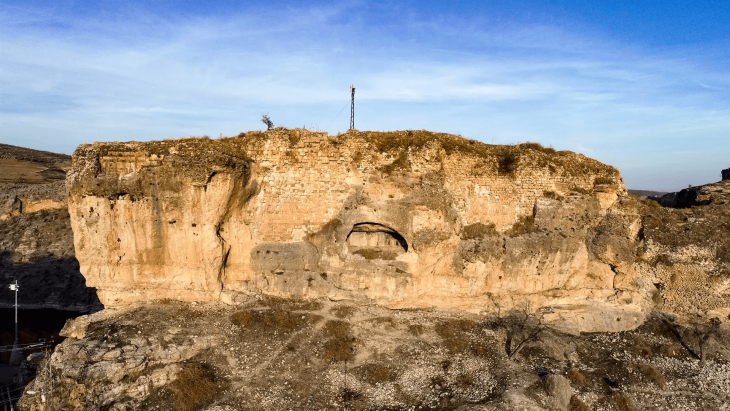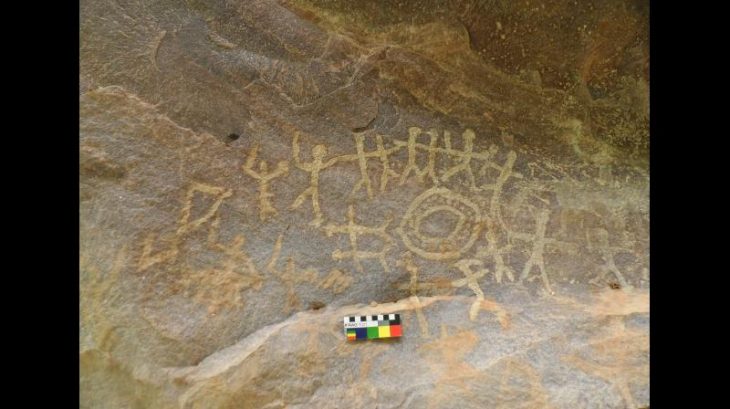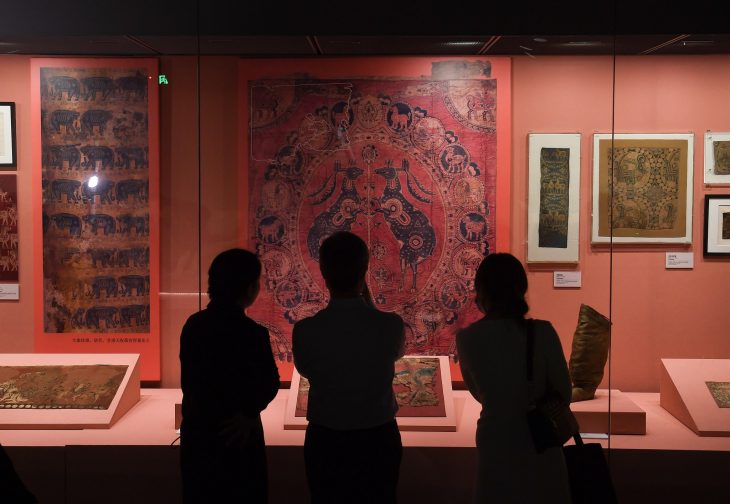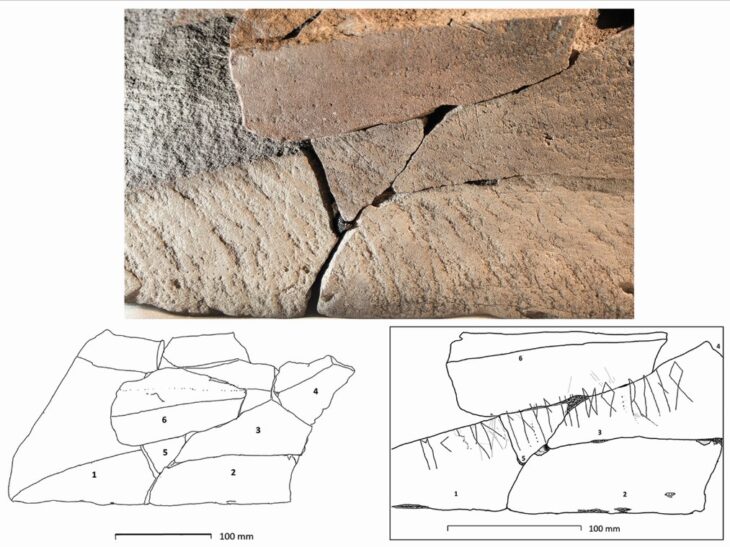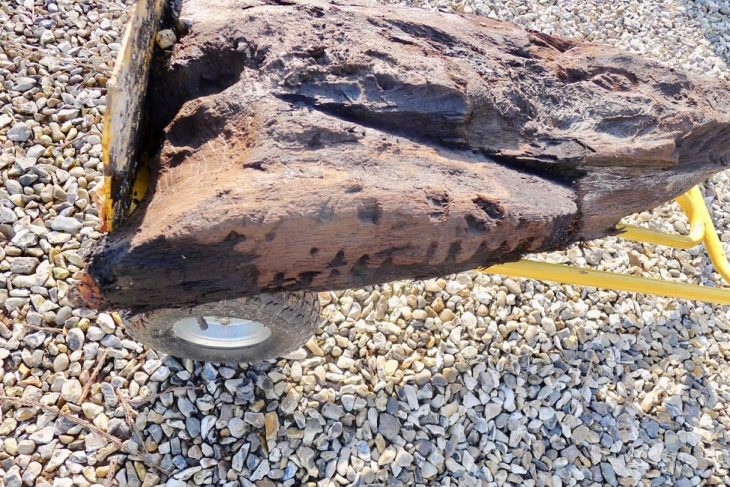Archaeologists from the French National Institute for Preventive Archaeological Research (INRAP) have discovered a 1,800-year-old gold ring with a chiseled portrait of Venus the Victorious, a Roman goddess associated with victory in battle, and a handful of coins from a much later period when the Carolingian Empire ruled the region in the town of Pacé (Brittany, France).
The discovery was part of an extensive excavation that uncovered artifacts and settlements spanning the Late Bronze Age to the medieval period.
The ring was found in an “exceptional state of preservation” near the town of Pacé, in Brittany, according to a translated statement from the French National Institute of Preventive Archaeological Research (INRAP).
The Roman gold ring, dated between the 2nd and 3rd centuries CE was discovered along a stretch of a Roman-origin road, studied as part of the excavation. Constructed between the second and fourth centuries CE, this communication route is notable for its structure, which is a layer of quartz gravel covering the natural ground with lateral ditches lining its course. Its extensive use in antiquity is attested to by visible wheel ruts.
The gold ring features a finely chiseled mount and an intaglio crafted from Nicolo, a type of onyx with a bluish surface over a black base. The gemstone features a finely carved representation of Venus Victrix, symbolizing beauty and strength. Such jewelry often served as both personal adornments and seals for Roman elites, signifying status and carrying spiritual significance.
📣 Our WhatsApp channel is now LIVE! Stay up-to-date with the latest news and updates, just click here to follow us on WhatsApp and never miss a thing!!
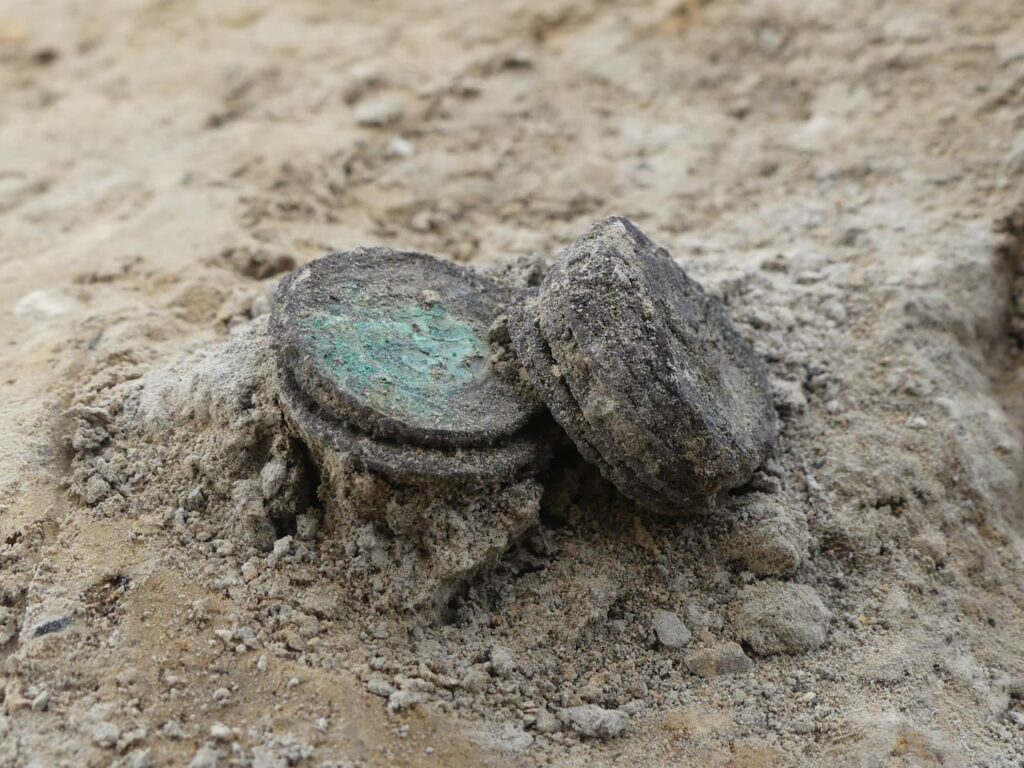
In addition to facilitating trade and travel, Roman infrastructure, such as the road where the ring was located, linked rural communities with urban centers.
Archaeologists discovered the remains of a medieval hamlet from the fifth to the tenth centuries next to the Roman road. With its quadrangular plots connected by pathways, this settlement featured homes, pastures, agricultural land, and grain storage silos. The use of wood, earth, and plant-based roofing materials in many of the structures provides information about medieval construction methods.
One particularly remarkable discovery was a cache of twelve Carolingian silver coins from the ninth or tenth century. These coins, discovered in a remarkable condition of preservation, may have been deposited during the Viking Age when Viking raids were putting pressure on the Carolingian Empire. Whether Viking activity was the direct cause of the settlement’s abandonment by the tenth century is still unknown.
Evidence of earlier periods of occupation was also found at the site. Pottery fragments from the Late Bronze Age and terracotta molds used to make bronze were found in pits in the northern sector. These molds, which were probably used to make swords and other weapons, suggest an unidentified workshop. Two tiny enclosures, one of which may have been an Early Iron Age funerary circle, were discovered in another location.
From a Bronze Age settlement to a medieval hamlet and, by the Late Middle Ages, to an area centered on agriculture, this excavation has yielded important insights into the patterns of settlement, agricultural practices, and technological developments over millennia.
Cover Image Credit: Emmanuelle Collado / INRAP


